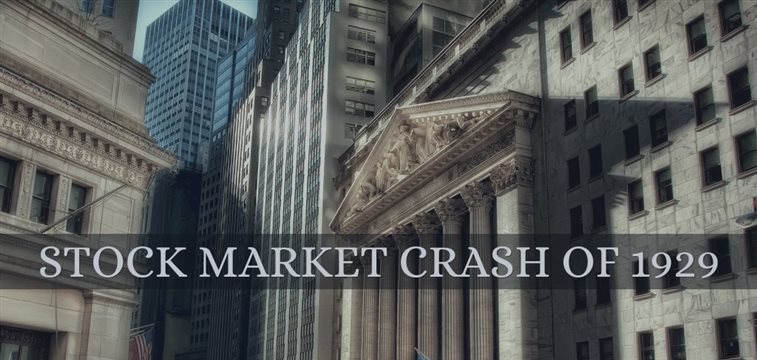This Buttonwood Agreement is the earliest recorded body for trading securities among brokers directly dealing with each other. The agreement assured the signers that when conducting securities sales, first priority would be given to the other signers. The agreement also set a floor commission rate charged to its clients

Wall Street
In 1817 the stockbrokers of New York decided to reorganize and began
instituting new reforms. Modeling their efforts after the board of
brokers in Philadelphia, they instituted restrictions on manipulative
trading. They regrouped as the New York Stock and Exchange Board and
rented out space exclusively for securities trading which had previously
taken place at the Tontine Coffee House. They moved several times
before settling on the present Wall Street location.
It was the electrical telegraph that was instrumental in advancing the
New York Stock Exchange and eventually, New York took prominence over
all other exchanges. The Civil War came and went and boosted securities
trading along the way. Membership continued to increase and had doubled
and tripled by the end of the 19th century.
Security trading gained momentum on the New York Stock Exchange over the
next years but was punctuated by many small crashes and panics, the
most dramatic of which occurred on Black Thursday, October 24th, 1929
when a major sell off and panic led to a complete stock market crash on
October 29, 1929.
After October 29, stock prices moved slowly upward and there was a
certain amount of recovery for a short span of time. Generally, however,
prices continued to drop and the United States slumped into what was
referred to as the Great Depression. By 1932, stocks were worth only
about 20 percent of the value they held before the crash. The stock
market crash of 1929 was not the only reason for the Great Depression,
but it managed to accelerate the global economic collapse. By 1933,
nearly half of America’s banks had failed, and close to 15 million
people, or 30 percent of the workforce, was unemployed. Families were
unable to purchase food and suicide was a popular way out of the
terrible situation many businessmen found themselves in.
To prevent future stock market crashes, the New York Stock Exchange
implemented a severe fifteen-point program which aimed at providing a
certain amount of protection for securities investors. Under President
Franklin D. Roosevelt, on October 1, 1934, the exchange was registered
as a national securities exchange with the U.S. Securities and Exchange
Commission, complete with a president and a thirty-three member board.



